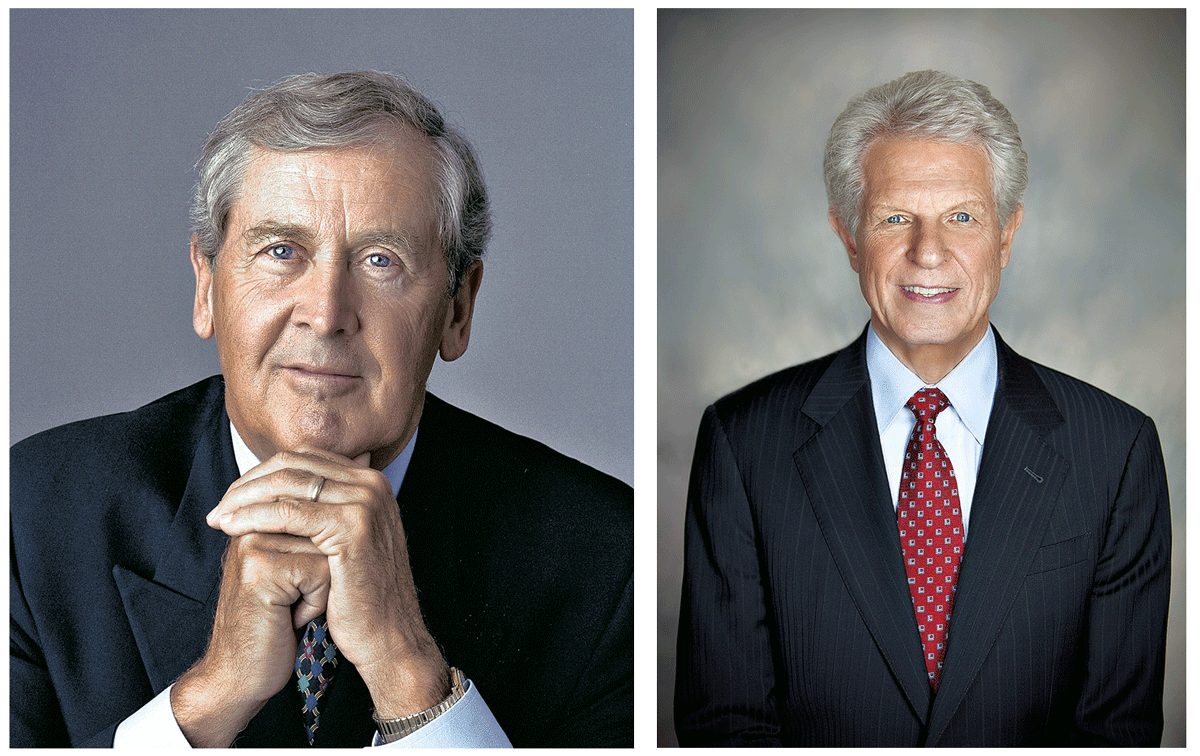Perhaps the most important brand management activity is positioning the brand properly. A key component in positioning is the brand promise. Strong brands make credible, relevant, and distinctive brand promises. Even more importantly, they fulfill these every day.
- The brand promise clarifies what the brand stands for, and it is one of the most important reasons for stakeholders to choose a particular brand.
- The least a customer should expect from a brand is that the experience with the brand lives up to the promise made.
- The positioning is an outline of what the brand stands for and should include target customer, brand essence, brand promise and brand personality. Ideally the brand positioning is forged through stakeholder consensus, ensuring brand owners are committed to moving in the same direction.
The brand position or brand positioning is how the brand is perceived in the context of competitive alternatives in the mind. A component of brand strategy, a strong brand positioning must simultaneously be three things:
- Authentic. Your positioning must be an accurate and true reflection of your organization – what it believes in, what its culture and values are, how it really reacts in any given situation. Organizations that try to be something that they are not are generally unsuccessful – particularly in the era of social media and increased transparency and access to information by virtually all of your stakeholders regarding virtually every aspect of your organization’s operation, wherever it operates.
- Relevant. In addition to being true, your positioning has to be relevant to the stakeholders you are seeking to influence. If what you are saying is not of interest or not aligned to the interests of those whom you seek to turn into advocates, it doesn’t matter how true or different your brand is – it just won’t matter to them.
- Different. It might be true, it might be relevant, but it has to be different…and be different in a way that matters. Differentiation is where your value discipline generates a premium price or greater margin than your competitors.
Brand Strategy Drivers
There are 6 key drivers for any brand strategy:
- Humanity – the behaviors and motivations of consumers and the perceived senses of personal priority that results from those habits and schemes;
- Value – the ability to effectively evaluate costing systems and to generate profit and margin that exceed what the market is inclined to give;
- Competitiveness – the ability to compete meaningfully and gainfully by being able to distinctualize an offering from everything else around it;
- Markets – the ability to understand the dynamics and tensions of a sector and the effects those factors will have on consumer predilections for a brand;
- Responsibility – the ability to develop brands that behave ethically, responsibly and with clear purpose; and
- Creativity – the willingness and skill to address and resolve an issue laterally, and to tell a fascinating story in a wonderful language.
To successfully activate the brand positioning:
- Determine the most important contact moments and/or channels
- Summarize the brand positioning in concise promises
- Examine the gap between promise and proof
- Map the needs and expectations of customers and prospects
- Determine the ways the positioning is brought to life at the most important contact moments
- Ensure CEO driven support
- Commit to relentless consistency in how you communicate and deliver the brand promise
- Ensure it is embedded in the brand culture, driven from the inside-out
The positioning affects everyone in the organization, at The Blake Project we recommend implementing it in a cascading fashion: top-down from business units to departments to individual employees. Each department within the organization writes down what the positioning means for their tasks and responsibilities and makes sure the changes are implemented. By letting your colleagues actually work with the positioning and by showing them what it means in their day-to-day activities, they will be understood and accepted within the whole organization.
Brand Strategy Expiration Date
Brands earn a place in the future by thinking of their positioning as a direction rather than a fixed position. Markets are always moving and there will come a day when your target customers need a new promise from you because your existing promise’s relevance has faded or for a myriad of other reasons. Staying close to your target customers by ‘outlistening’ your competition will give you the best chance of shifting your brand strategy with the currents of the marketplace.
The Blake Project Can Help You Differentiate Your Brand In The Brand Positioning Workshop
Branding Strategy Insider is a service of The Blake Project: A strategic brand consultancy specializing in Brand Research, Brand Strategy, Brand Growth and Brand Education




